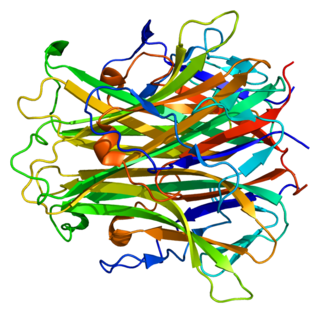Society and culture
Legal status
Radius Health filed a Marketing Authorization Application (MAA) in November 2015, [24] which was validated in December 2015, and still under regulatory assessment by the Committee for Medicinal Products for Human Use (CHMP) of the European Medicines Agency (EMA). As in July 2017, the CHMP issued a second Day-180 List of Outstanding Issues, which Radius is addressing with the CHMP. [23]
In February 2016 a NDA was filed to the FDA, Radius NDA for abaloparatide-SC was accepted in May 2016. [25] A Prescription Drug User Fee Act (PDUFA) date was initially granted on 30 March 2016, but then extended to 30 June 2017. [26]
On 13 October 2022, the Committee for Medicinal Products for Human Use (CHMP) of the European Medicines Agency (EMA) adopted a positive opinion, recommending the granting of a marketing authorization for the medicinal product Eladynos, intended for the treatment of osteoporosis in postmenopausal women at increased risk of fracture. [27] The applicant for this medicinal product is Radius Health Ireland Ltd. [27] Abaloparatide was approved for medical use in the European Union in December 2022. [2] [28]
Intellectual Property
Radius Health holds three patents on abaloparatide-SC, with expiration dates from 2027 to 2028. [29] The patents relate to the drug composition (US 8148333), and the drug delivery methods (US 7803770 B2 and US 8748382-B2).
Economics
A major contributor to this section appears to have a close connection with its subject.(November 2020) |
Abaloparatide-SC is manufactured by Radius Health, Inc, a biomedical company based in Boston, Massachusetts. [23] The firm reported that sales for abaloparatide were $3.5 million for the third quarter of 2017. [23]
In July 2017, Radius Health licensed rights to Teijin Limited for abaloparatide-SC manufacture and commercialization in Japan. Teijin is developing abaloparatide-SC under agreement with Ipsen Pharma S.A.S., and is conducting a phase III clinical trial in Japanese patients with osteoporosis. [30]














